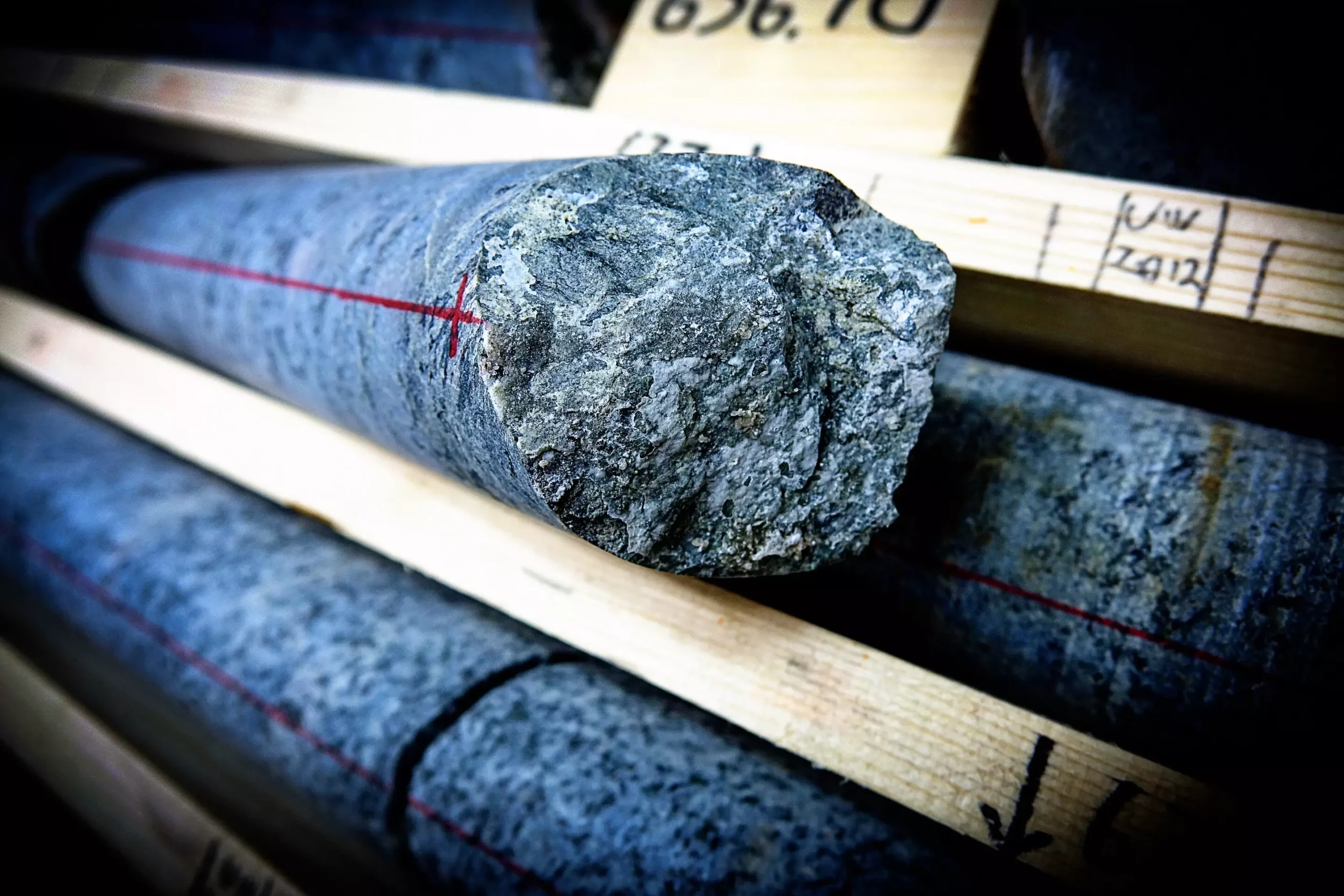Recent research sheds light on a remarkable, albeit often overlooked, ecosystem known as the deep biosphere, where microorganisms thrive in extreme conditions. A recent study published in *Geochemistry, Geophysics, Geosystems* reveals that microbial life existed deep within the fractured bedrock of Greenland approximately 75 million years ago. This discovery adds another layer to our understanding of life’s resilience and adaptability in harsh environments devoid of sunlight and dissolved oxygen.
The deep biosphere, lying far beneath the Earth’s surface, presents a unique challenge for scientists interested in studying its inhabitants. Historically, exploration in this area has been limited, yielding only minimal insights—akin to “needle pricks” into this vast, hidden domain. Nevertheless, recent initiatives have attempted to bridge this knowledge gap. Through drilling missions in western Greenland near the ice sheet, researchers have ventured hundreds of meters beneath the surface to uncover fascinating evidence of ancient life.
This drilling unearthed minerals that line bedrock fractures, which geochemists view as vital archives revealing information about ancient microbial ecosystems. Henrik Drake, an Associate Professor at Linnaeus University in Sweden and lead author of the study, elaborates on the importance of these findings: “The calcium carbonate we examined offers a snapshot of time, marking how uranium decays into lead.”
The dating of the calcium carbonate reveals that these microorganisms thrived during a period marked by significant geological events, specifically related to the formation of the Atlantic Ocean and the Labrador Sea. This correlation suggests a fascinating interplay between tectonic movements and the colonization of microorganisms in Greenland’s deep fractures. As the continents shifted, they created environments conducive to life, highlighting the dynamic nature of our planet and its influence on biosphere evolution.
The implications of these findings extend beyond mere historical curiosity. They suggest that the geological features of the Earth have played a pivotal role in shaping not only the physical landscape but also the biological communities residing within it. This insight emphasizes the interconnectedness of life and Earth’s geology.
Drake and his team reported the presence of chemical fingerprints indicating the existence of life within this hostile environment. In addition to the dating of minerals, they discovered bacterial fatty acids preserved within calcium carbonate crystals, offering tangible evidence of microbial life that had persisted through the ages. Furthermore, they conducted extensive analyses of sulfur isotopes in the minerals formed in these fractures, uncovering further clues about the microbial communities that thrived so far beneath the surface.
As more studies reveal the secrets of the deep biosphere, it becomes increasingly evident that our understanding of life on Earth must be expanded beyond traditional boundaries. These microorganisms not only survived but thrived in environments previously thought to be uninhabitable, showcasing nature’s remarkable ability to adapt and endure.
This research opens numerous avenues for future exploration and understanding of life in extreme environments. As technologies advance and more explorations are conducted, we may yet uncover further complexities of microbial ecosystems that challenge our preconceived notions of life’s limits. The deep biosphere remains a largely unexplored frontier with the potential to reshape our understanding of biology, geology, and the resilience of life on our planet.


Leave a Reply